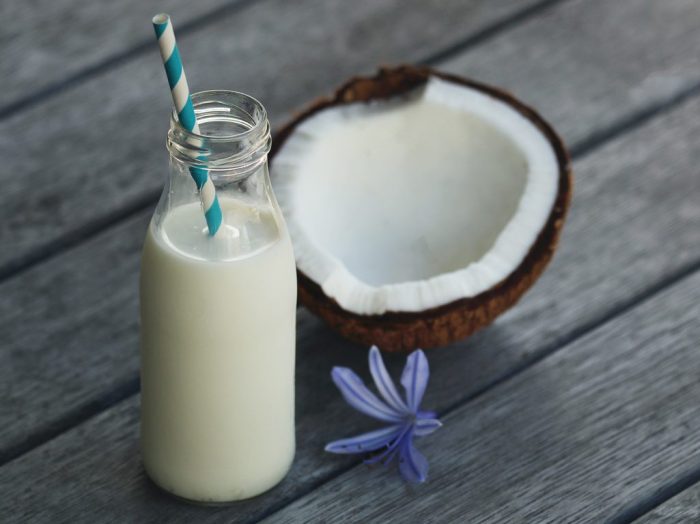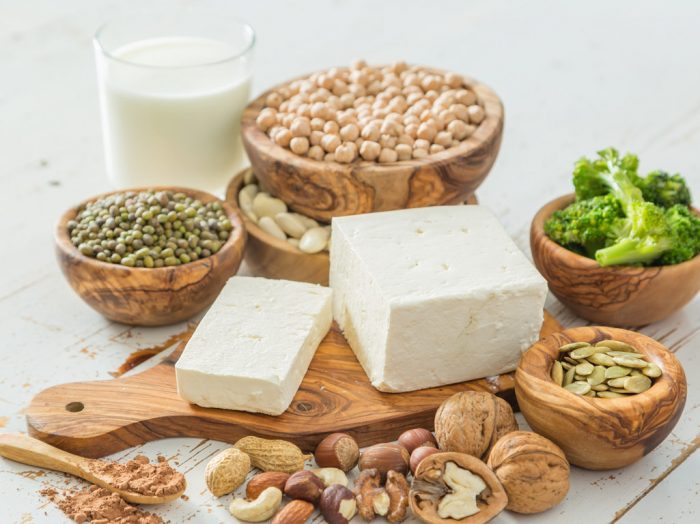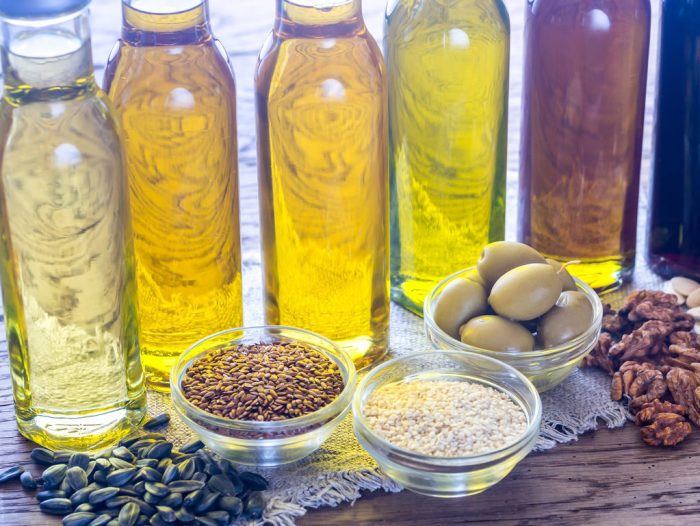Coconut milk is showing up more and more in recipes and in grocery stores. It’s also one of the preferred substitutes for dairy milk, so you can enjoy this if you’re lactose intolerant or vegan. That means that it’s time we learned a thing or two (even more, actually!) about cooking with coconut milk!
It used to be such a hard ingredient to find, but now it’s almost everywhere, ready to be picked up from the shelves of supermarkets. Yes, it doesn’t taste exactly like milk – how could it? – but it’s delicious and pretty healthy. In Sanskrit, they call coconut palms (and I think it sounds beautiful), kalpa vriksha, which means “tree which gives all that is necessary for living”.
Coconuts are rich in fiber, vitamins C, E, B1, B3, B5 and B6 and minerals including iron, selenium, sodium, calcium, magnesium and phosphorous. They’re also loaded with saturated fatty acids, including one called Lauric acid, which when metabolized it becomes monolaurin, an antiviral and antibacterial that destroys a wide variety of disease-causing organisms.
A Filipino study linked coconut milk and healthier hearts. We also can’t neglect its beauty benefits. They say when applied to your body and hair, coconut milk can help treat dandruff, skin infections, wounds, and dry, itchy skin. It’s also a natural moisturizer for healthy skin and may also help repair wrinkles and saggy skin.
You can make it yourself at home, it’s not a complicated process at all, but you can also buy it in three varieties. Let’s see what they are and then let’s find out more about cooking with coconut milk.
Try this wonderful turkey and coconut milk soup.
3 coconut milk varieties out there
Two of these varieties are canned, while the other is a ready-to-drink on the go beverage. The best cooking with coconut milk happens when you get the full-fat variety. You can order this online or find it in the ethnic section of your grocery store. The best quality coconut milk should have a thick cream that separates from the rest of the milk and rises to the top. You can also use that cream can in many ways, including whipped up as vegan whipped cream.
Light canned coconut milk wins the popularity vote by far, but producers water it down and that way it loses its richness and texture. And because it’s so low fat, it loses a lot of its flavor, too.
The coconut milk beverage is low fat and it can substitute low fat or whole milk in recipes with a 1:1 ratio. There’s also coconut juice or water out there, very rich in electrolytes and used as a treatment for diarrhea, for instance.
What’s up with coconut cream?
When you buy that full-fat coconut milk, you can separate the coconut watery liquid and the cream. And you can skim the cream and whip it, then use it as a whipped cream replacement. To do that, you need to let the can settle for a while (so that the cream and milk separate completely), and also keep it in the refrigerator for at least half an hour. You will get about half a cup of cream from one can, maybe even more, depending on the brand you choose.
But if you don’t want to whip the cream, all you have to do is shake the can and let the coconut products mix into one, even, creamy food. You can use it instead of heavy cream, then.
If you want to get started on cooking with coconut milk, try this salmon and potatoes dish.
Cooking with coconut milk – so many options
First of all, you can use it as dairy milk and have cookies with it. But it’s also great for all kinds of beverages, like shakes and smoothies, thanks to its thickness. And you should use the whole fat variety if you want to give your healthy drinks some creaminess. Don’t forget about cream soups either, because they too benefit from the creaminess that coconut milk brings.
You can also use it in curry dishes and other Asian-inspired recipes. For instance, it’s an easy way to lend some flavor to simple rice dishes. You can use it to cook chicken, enrich your mashed potatoes or sweet potatoes, or you can make desserts from it, like cupcakes and rice pudding.
Storing and shelf life of coconut milk
You can keep the coconut milk can at room temperature until you open it. After that, you should transfer it to an airtight container and pop it in the refrigerator. Or if you’re buying bulk, you can very well freeze some of it for later use. You can actually freeze it in an ice tray and then use just whatever you need in your recipes, so you don’t thaw and freeze the coconut milk over and over.






